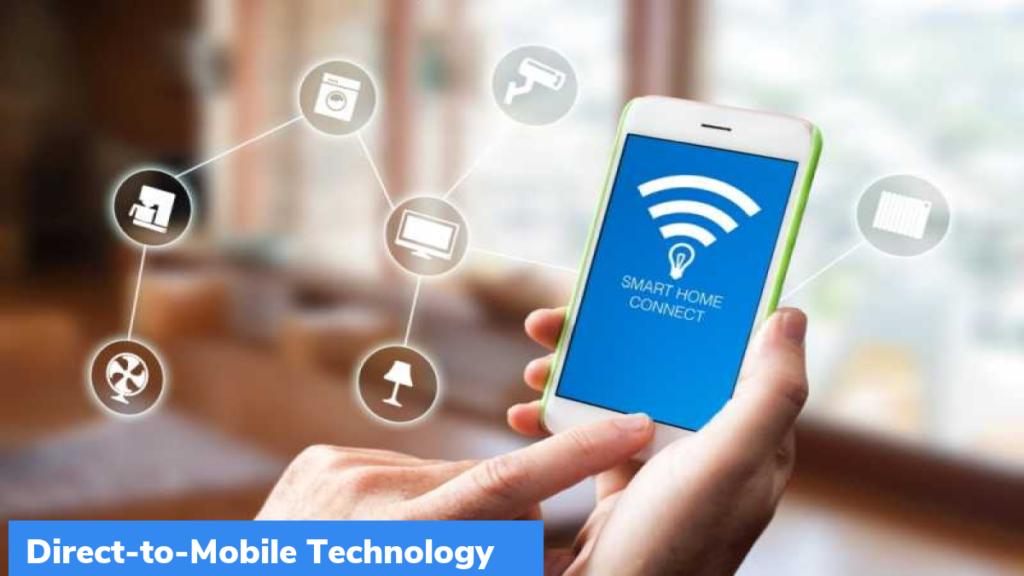How about watching live TV channels on your smartphone that too without an internet connection?

Yes! You heard right as now the central government is working on a revolutionary technology that will allow users to watch live TV channels on their mobiles without using any internet connection.
D2M Technology In Smartphones
We are talking about direct-to-mobile (D2M) technology here which is currently being tested.
This is going to be a home-grown technology and its trials will soon be held in 19 cities in the country, said Apurva Chandra, Information and Broadcasting Secretary while addressing a broadcasting summit on Tuesday.
Earlier, pilot projects to test the D2M technology were performed in Bengaluru, Kartavya Path and Noida last year.
With the use of D2M technology, one can transmit multimedia content to consumers’ smartphones, that too without requiring any active internet connection.
The Ministry of Communications has listed all the versatile features of D2M technology including mobile-centric and seamless content delivery, hybrid broadcast, real-time and on-demand content and interactive services in a letter.
How Does It Work?
In a traditional setting, this technology has been utilized in issuing emergency alerts and also assisting in disaster management.
Basically, using D2M, information can be directly delivered on the mobile phone of users without straining network bandwidth, said the government.
Further, a shift to D2M would unclog the 5G networks, noted Mr Chandra in his address.
When it comes to operations, the D2M technology works similar to FM radio, where a receiver gets the transmitted signal.
Again it is similar to direct-to-home (DTH) broadcasting where a dish antenna receives broadcast signals directly from satellites and transmits them to a receiver, called a set-top box.
At present, mobile devices do not support D2M technology, as noted in a paper titled ‘D2M Broadcast 5G Broadband Convergence Roadmap for India’, which was published by IIT Kanpur in 2022.
Basically, a separate baseband processing unit, along with an antenna, low-noise amplifiers, baseband filters and a receiver will be required to make these devices compatible.
Incorporating all these parts is expected to significantly increase smartphone costs.
Besides this, it could also potentially impact the current architecture for LTE and 5G networks.
The D2M network will operate in the 526MHz-582MHz band, requiring larger antennas that may pose integration challenges within the current smartphone design.













